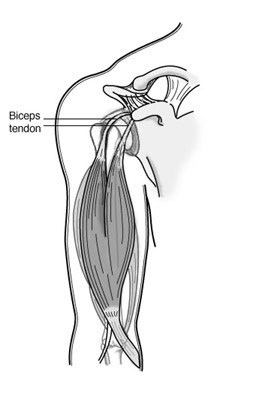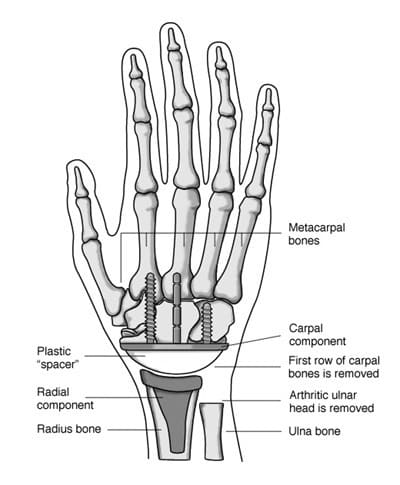A broken arm is a common injury. Counting all fractures, about one in every 20 involve the upper arm bone (humerus). Children are more likely to break the lower arm bones (radius and ulna). Falling on an outstretched hand or being in a car crash or some other type of accident is usually the cause of a broken arm.
Most people know right away if their arm broke, because there may be a snap or a loud cracking sound. The broken arm may appear deformed and be swollen, bruised and bleeding. A person with a broken arm usually has:
- Extreme pain at the site of the injury.
- Pain increased by any movement.
- Loss of normal use of the arm.
First aid
First make sure the injured person is out of the way of further harm. Is he or she breathing normally? Is there a good pulse? Call 911 if there is serious bleeding, reason to suspect multiple broken bones or other injuries. To slow bleeding and reduce swelling, elevate the injured arm above the level of the person’s heart.
If a broken bone sticks out from the skin (open fracture), do not try to push it back in. Use a clean, dry cloth or bandage to cover it until medical help arrives.
It is important that the injured person not try to use the broken arm. Moving a broken arm would also cause more damage to blood vessels, nerves and other tissues. To immobilize a broken arm:
- Make a temporary splint. Immobilize the joints above and below the site of the injury. You can use wood or rolled up magazines, making sure both ends of the splint extend far beyond the injured region. You can use cloth, belts or tape to fasten the splint. Avoid any constriction of the arm with the supporting strap.
- Make a sling. This stabilizes the injury and supports the splint. A broken arm sling can be as simple as a loop of cloth supported from the neck. Take the injured person to a doctor right away.
Doctor’s treatment
Exam: Tell the doctor exactly what happened. He or she will physically examine the broken arm and check for other injuries, such as nerve damage. The doctor may want to see if the patient can flex and extend the wrist and fingers. Sometimes the doctor may use X-rays or other diagnostic imaging tools to see the bones of both the injured and uninjured arms.
If the patient is a child, the long bones of the arm are probably still growing. So the doctor will look carefully for any damage to growth plates.
Reduction: The doctor may need to move pieces of bone back into their correct positions (a process called reduction). Depending upon the severity of injury, the patient may or may not need anesthesia. Those with more serious fractures may require surgery.
Immobilization: With the broken bone back in place, the doctor immobilizes the arm. Most patients get a cast or splint. The doctor tells the patient how long to wear the cast or splint, and removes it at the right time.
Rehabilitation
It may take from several weeks to several months for the broken arm to heal completely. Rehabilitation involves gradually increasing activities to restore muscle strength, joint motion and flexibility. The patient’s cooperation is essential to the rehabilitation process. The patient must complete range of motion, strengthening and other exercises prescribed by the doctor.
Rehabilitation lasts until tissues perform their functions normally. After rehabilitation, the doctor may want to see the arm again to make sure healing is complete.

 Diagnosis and treatment
Diagnosis and treatment 